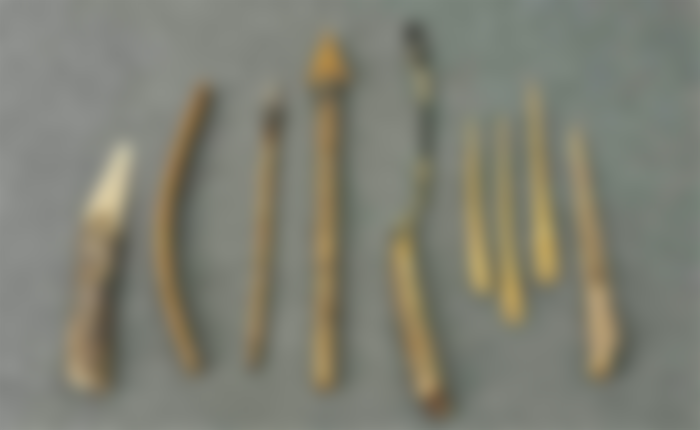How Did Humans Survive the Ice Age?
Between 24,000 and 21,000 years ago, the Ice Age reached its peak when glaciers covered the Americas and northern Europe. Our Homo sapiens ancestors survived by migrating from rapidly cooling regions of the world. However, it was not enough just to migrate. Because the climate in the places where they migrated was quite harsh. The first humans, who were almost physically similar to modern humans, managed to adapt to new, difficult and impossible to live geographies apart from surviving. So how did people live in harsh weather conditions?
Language, art and storytelling helped us survive

The most important advantage of Homo sapiens is the ability to speak fluently, to conceptualize and plan ahead. With the emergence of language, information about the world and new technologies began to be shared with other groups of people. At the same time, this information was passed on from generation to generation through storytellers. However, the way early humans knew about their environment and conveyed it was very different by today's standards. Our ancestors; He conveyed the seasons, edible plants, animal migrations and many other things through music, dance and art. For example, cave paintings found in Lascaus, France, are full of images of animals hunted by humans during this period. These pictures taught different groups of people which animals to hunt.
Tools used by Ice Age people

The Last Ice Age coincides with the Upper Paleolithic (40,000 to 10,000 years ago), when humans made great breakthroughs in tool making. One of the most important of these tools was the rock chisel, which was used to cut bones and horns. With this chisel, bone and horns were shaped and spear and harpoon tips were made. The spearheads were small and light enough for people to take with them over long distances. They also had a removable and replaceable form. But these magnificent hunting weapons were useless except for close range attacks. At this point, our ancestors made hunting non-dangerous by using their planning skills.
Ice Age hunters used fire to gather game animals in a certain spot. At a famous hunting ground in eastern France, hunters lit huge bonfires each autumn and spring to lure migrating animals into a narrow valley. The animals that came to the valley by following the fire were killed safely and easily at close range. Archaeological evidence shows that this well-coordinated massacre took tens of thousands of years.
With the invention of the needle, personalized clothes appeared

When the first humans started migrating about 45,000 years ago, they designed primitive clothing to protect themselves from the cold. They covered their bodies with sleeping bags, baby carriers, and loose-fitting skins. With the invention of the needle 30,000 years ago, people began to dress instead of "veiling". Needles from 30,000 years ago looked just like needles today. Thanks to the needle, people started to design clothes suitable for their own body. But as with modern mountaineering clothing, clothing in this period had to be worn in layers. An Ice Age tailor would carefully select different animal skins (reindeer, arctic fox, rabbit) and sew together three or four layers, from moisture-wicking underwear to waterproof trousers and parkas. The threads of this period were obtained from wild flax and other vegetable fibers. It was also painted in different colors such as turquoise and pink. As a result, people were able to protect themselves from the cold, despite the temperatures below freezing, thanks to these clothes.
Rock shelters provided protection from the weather

Our ancestors, who lived in the Ice Age, preferred rock shelters to shelter in the cold days of summer and wonderfully cold days in winter. They covered large skins over rock outcrops to protect themselves from the wind. They built tents, which they sewed from leather and supported with wooden poles, inside these rock shelters. They prevented the cold as much as possible by laying grass and animal skins inside the tents.
The Ice Age, which reached its peak about 21,000 years ago, ended about 10,000 years ago. Thus, the earth began to warm and people began to live in more favorable conditions. This warming process still continues today. The earth is warming outside of its normal course due to fossil fuels, greenhouse gas emissions, carbon dioxide and many other factors that people use without thinking about the end. In fact, if the natural cycle could continue, the earth would begin to cool again. Considering the reality of global warming, it seems impossible to experience an Ice Age again in the near and medium future.



